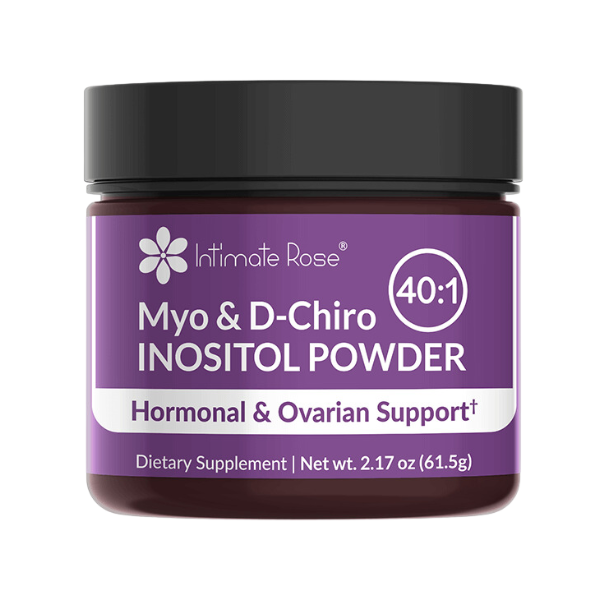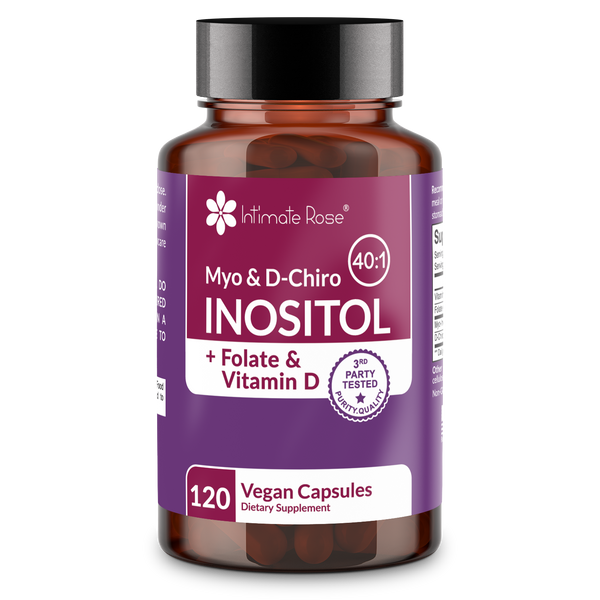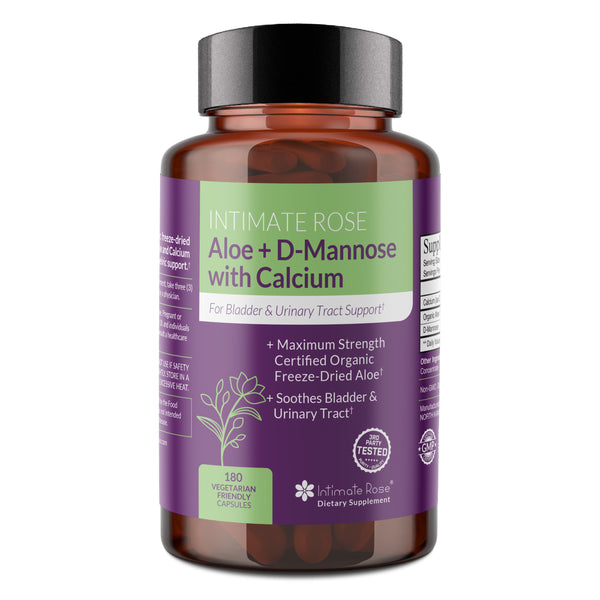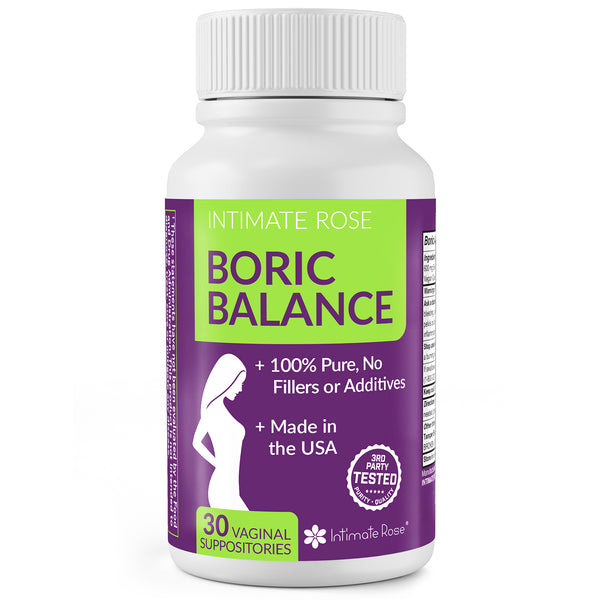Yellow and Green | Light to Dark Pink | Red to Brown
A normal vaginal discharge is a fluid secreted from the vagina and cervix to remove old cells, keep the vagina clean, and prevent infection.
What Do Vaginal Discharge Colors Tell Us?
Vaginal discharge can present in many colors & consistencies, most of which are healthy. Others can signal underlying conditions that require treatment.
Read on for our vaginal discharge color guide and find out what each color indicates.
Clear Vaginal Discharge
Clear vaginal discharge with the consistency of a slippery egg-white is widely considered to signify a healthy and normally functioning vagina.
Ovulation is known to increase the amount of clear discharge, as does sexual arousal. Pregnancy can alter the amount of clear discharge too, due to a change in hormones.
White to Cream Colored Discharge
A milky white to cream-colored vaginal discharge also indicates a healthy vagina and a natural lubrication process.
However, if the consistency of white or cream-colored vaginal discharge resembles Cottage Cheese (thick white), has an intense odor, and is accompanied by itching or irritation, it is more than likely a yeast infection.
While the presence of yeast in the vagina is perfectly normal, an overproduction due to stress, the use of birth control pills, or antibiotics to treat another condition can result in a yeast infection.

Things Off Down There?

Things Off Down There?
Gray Vaginal Discharge
Gray vaginal discharge is not considered healthy and is usually symptomatic of a common bacterial infection called Bacterial Vaginosis.
Bacterial Vaginosis is an infection in the vagina due to changes in the pH balance, which leads to an overproduction of bacteria. As well as causing increased vaginal discharge that has a fishy odor, other symptoms include itching, irritation, and redness around the vulva.
Antibiotics are usually necessary to treat BV. In addition, a regular intake of probiotics, like Intimate Rose Flora Bloom Probiotics, is widely recommended by OB/GYNs as a natural remedy to maintain a healthy pH balance and prevent further infection.
Yellow to Green Colored Discharge
A slight yellow-colored vaginal discharge is normally nothing to worry about and usually coincides with a change in diet or the addition of a daily supplement. But a very thick, yellow discharge that has a foul odor should be examined by a doctor.
Discharge that is darker yellow, a yellow-green color, or green is indicative of a bacterial infection or a sexually transmitted infection. Trichomoniasis, Gonorrhea, and Chlamydia are sexually transmitted infections that cause dark yellow or green discharge.
Should any of the above colors present themselves in vaginal discharge, it’s best to see a doctor immediately for treatment.
Light to Dark Pink Vaginal Discharge
Light to dark pink vaginal discharge is usually associated with a little spotting of blood before menstruation or after ovulation.
Pink discharge can also be a sign of implantation bleeding in early pregnancy. It typically occurs around 10-14 days after conception and is thought to signal the fertilized egg attaching to the uterus lining.
Some people can experience a little pink spotting after intercourse when sex has caused irritation or small tears in the vagina or cervix but it is nothing to worry about.
The Ultimate Vaginal Bundle

Red to Brown Vaginal Discharge
Red vaginal discharge is generally the result of menstrual bleeding, which typically happens every 28 days and generally lasts for 3-5 days. The color may change from red to dark rust or brown toward the end of menstruation. For some, it is also common to experience small amounts of occasional red discharge or spotting between periods.
In the case that spotting becomes a regular occurrence, it is advisable to see a doctor. Additionally, anyone who has completed menopause and not had a period in over a year should consult with a doctor at the sign of red vaginal discharge.
Red or brown discharge accompanied by an unpleasant odor can signal a sexually transmitted infection called Human Papillomavirus (HPV). If left untreated it can lead to cervical or endometrial cancer but can be easily diagnosed with a Pap smear and treated accordingly.
Conclusion
Vaginal discharge is a natural way for your vagina to remove old cells and stay healthy. Unusual changes in vaginal discharge can signify infections or hormonal imbalances that may require treatment.
If worried about the color, watery discharge, or odor of vaginal discharge, or if any itching, burning, or irritation occurs, it is always best to consult with a doctor.
References
Vaginal Discharge – National Center for Biotechnology Information - https://www.ncbi.nlm.nih.gov/books/NBK281/
Unity Point - 5 Types of vaginal discharge & what they mean -
https://www.unitypoint.org/livewell/article.aspx?id=06f8f035-9f6e-4a79-bb58-9045b9d7d0d8
WebMD – Vaginal Discharge, What’s Abnormal –
https://www.webmd.com/women/guide/vaginal-discharge-whats-abnormal

Things Off Down There?















